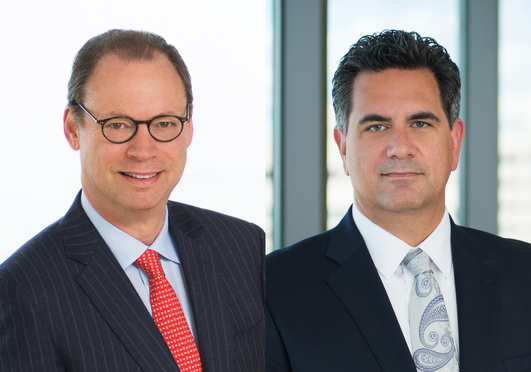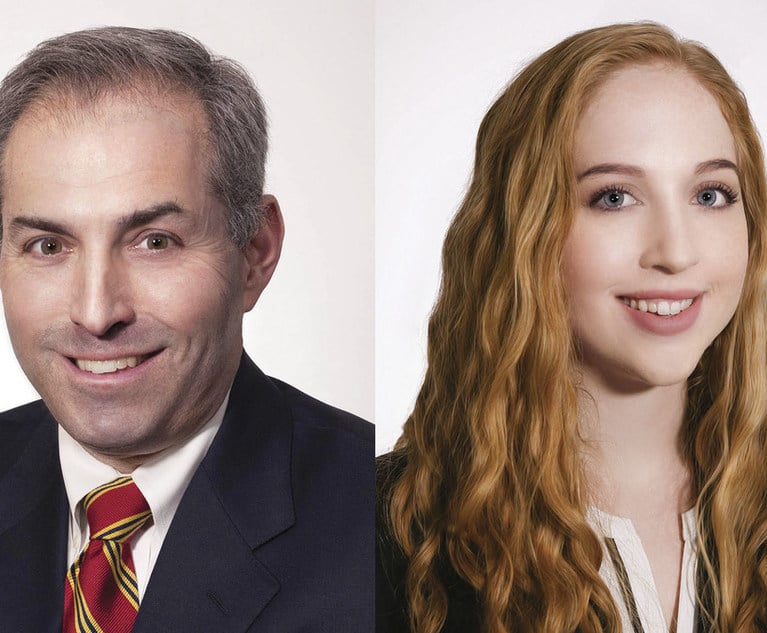One assumes that the decision to file a bankruptcy case is made by the debtor. However, a bankruptcy case can be commenced “against” the debtor by creditors. Given the serious implications for the debtor and its business of being forced into bankruptcy, the Bankruptcy Code limits who can attempt to place a debtor into bankruptcy. One of the requirements is the petitioning creditors must hold claims that are not subject to a “bona fide dispute.” What constitutes a bona fide dispute has been the subject of significant litigation when the debtor contests the involuntary bankruptcy filing and requests that the court dismiss the case. The issue was recently analyzed by the U.S. Bankruptcy Court for the Central District of California, in In re QDOS, Case No. 8:18-bk-11997-MW. In an opinion issued on Oct. 31,Bankruptcy Judge Mark S. Wallace dismissed an involuntary bankruptcy case after disqualifying two of the four petitioning creditors. The opinion reviews conflicting case law on the issue of what constitutes a “bona fide dispute.”
The Petitioning Creditors’ Procedural Maneuvers
According to the opinion, three creditors filed an involuntary Chapter 11 petition against QDOS, Inc. (the debtor). The petitioning creditors were Carl Wiese, as trustee of the Wiese Family Trust, Felice Terrigno and Matthew Hayden. The debtor filed a motion seeking dismissal of the bankruptcy petition on the grounds that the creditors did not qualify as creditors entitled to file an involuntary bankruptcy petition and the petition was filed in bad faith. The Bankruptcy Court issued a tentative ruling that it intended to grant the motion because Terrigno was not qualified, leaving less than the three creditors required to support the involuntary petition against the debtor. Another alleged creditor, Jim Maddox, filed a joinder in support of the involuntary petition prior to the hearing on the motion.


 Left to right: Andrew Kassner and Joseph Argentina of Drinker Biddle & Reath.
Left to right: Andrew Kassner and Joseph Argentina of Drinker Biddle & Reath.




